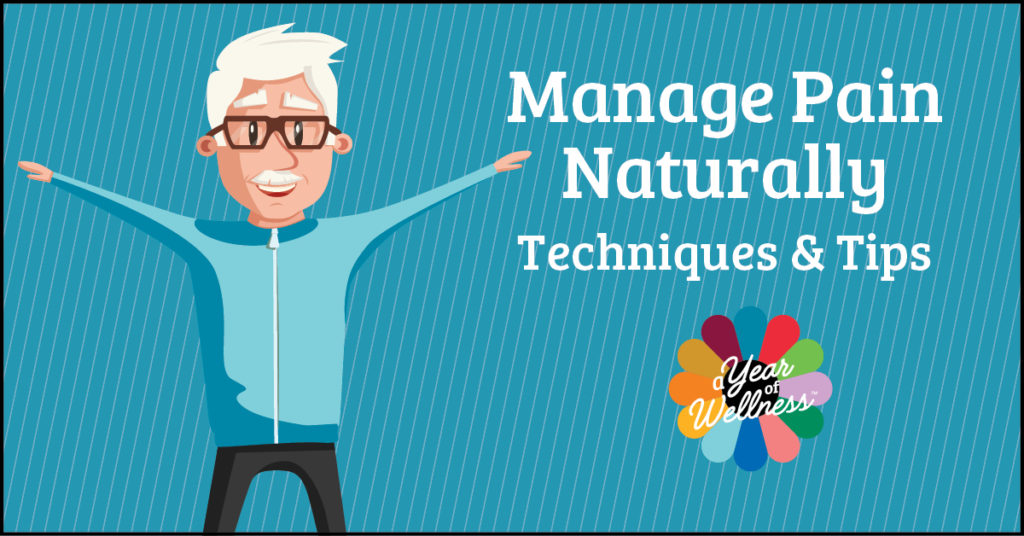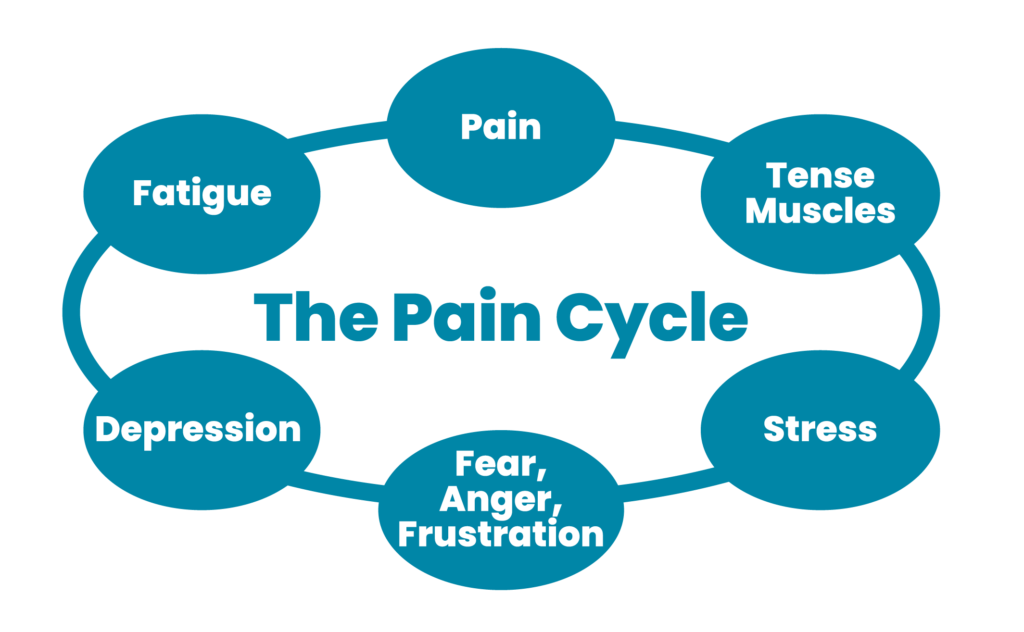
Both acute and chronic pain can be debilitating and severely impact quality of life. What’s more, the number of people who have died from an opioid overdose has quadrupled from 1999 to 2015. Opting for non-drug pain management alternatives is preferable for both patients and physicians.

Acute Pain:
- Acute pain is a warning sign that tissue damage has occurred or may occur.
- Acute pain is a type of pain that is directly related to soft tissue damage such as a sprained ankle or a paper cut.
- An acute pain signal is the body’s way of providing protection from injury or further injury.
- Acute pain lasts for a short time (up to 12 weeks).
Chronic Pain:
- Chronic pain occurs when the brain determines there is a threat to one’s wellbeing based on the many signals it receives from the body.
- It can occur independently of any actual damage due to injury or illness, and may extend beyond the normal tissue healing time.
- With chronic pain, the nervous system creates pain even after the physical injury/illness has healed.
Non-drug Pain Treatments:
- Posture and balance training
- Manual therapies including myofascial release and soft tissue mobilizations
- Modalities including diathermy, electrical stimulation, or ultrasound (limited duration)
- Flexibility exercises
- Energy conservation techniques
- Adaptive techniques for completing common activities
- Relaxation techniques such as Thai Chi, Yoga, distraction activities, deep breathing, meditation, socialization activities, hobbies, etc.


